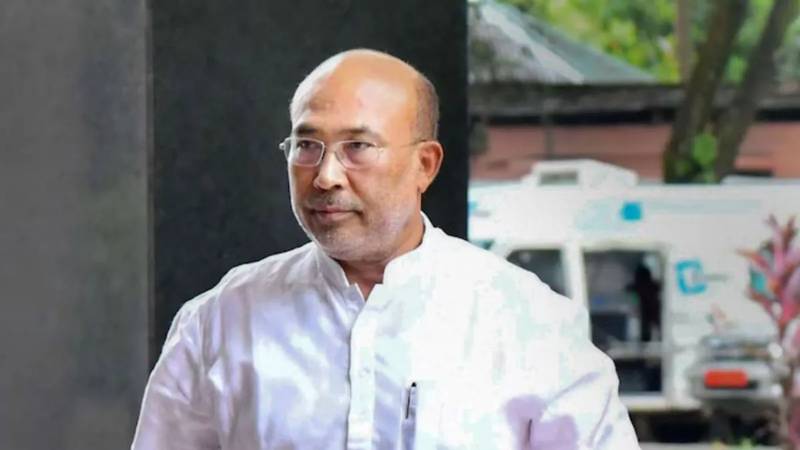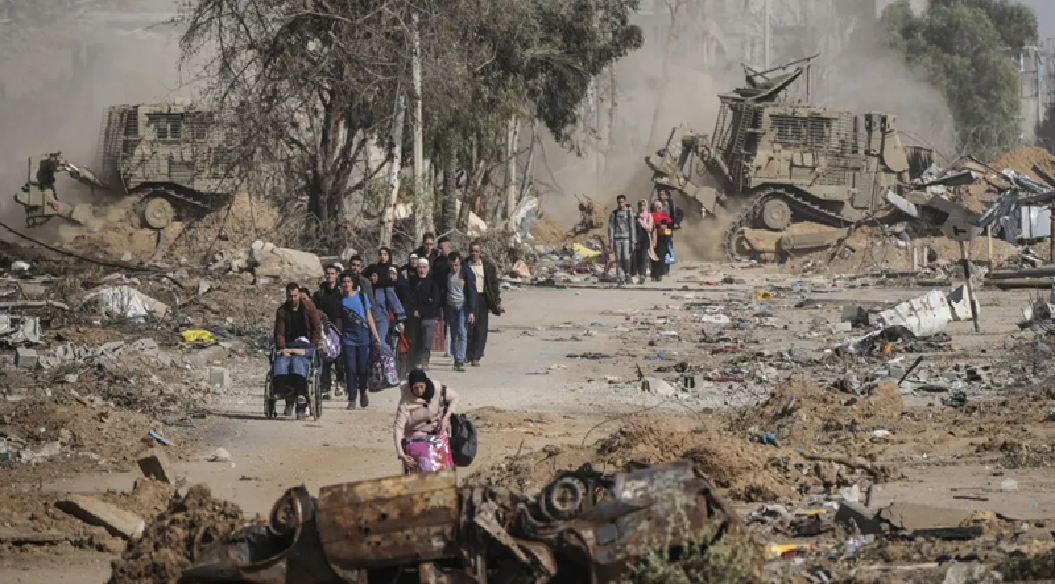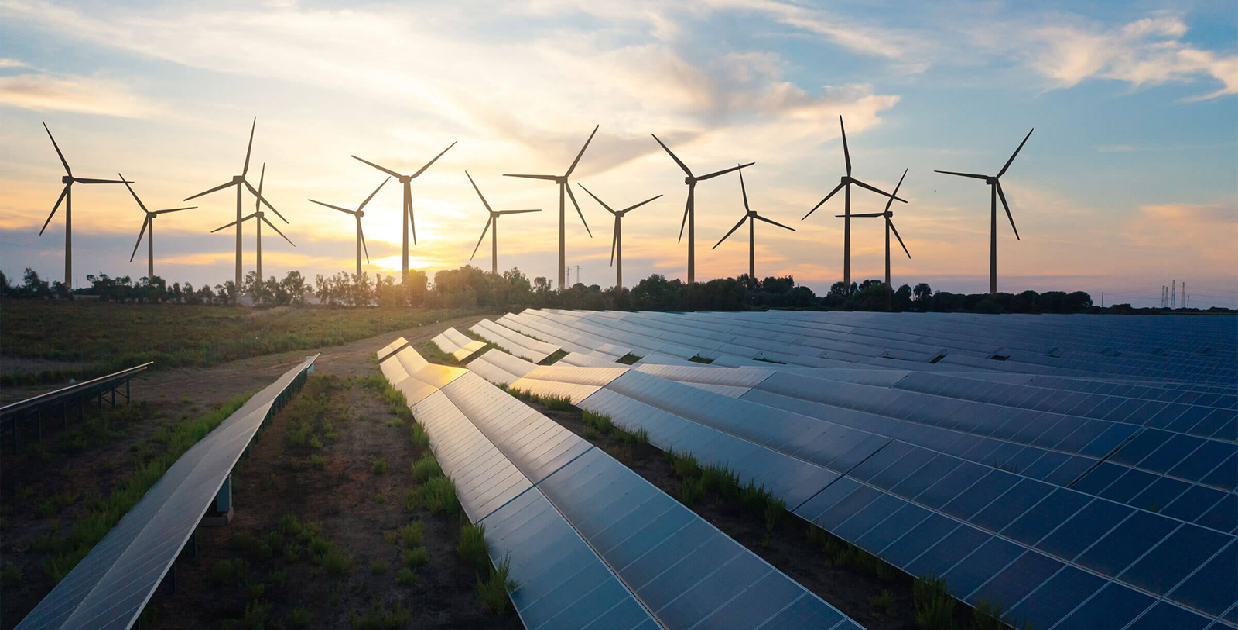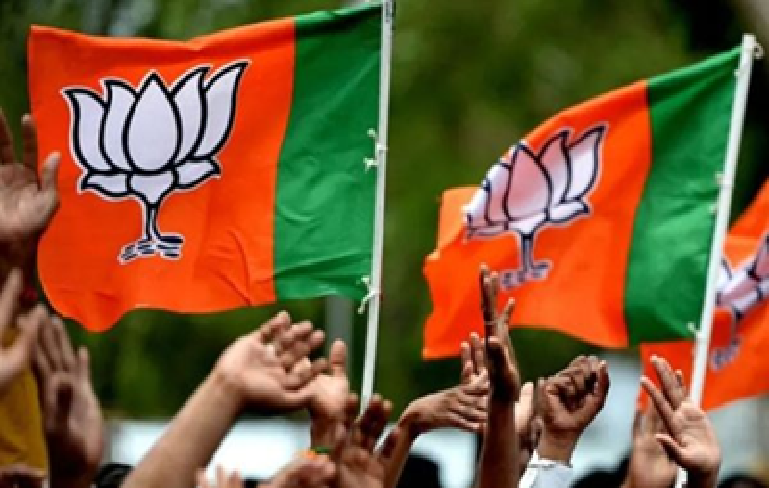
It’s Quality That Matters
The United Nation’s World Population Prospects- 2022 unveiled on World Population Day (July 11) predicts India’s population to surpass that of China’s by 2024. In a world where nations are judged by the productivity and quality of people, this piece of information will certainly not be considered a happy augury.
By this yardstick, it should set off alarms rather than being perceived as a distinction. There is even more depressing news. While China’s population is already contracting, India’s would remain expanding till 2070 when it would stabilize around 1700 million. Qualitative features of the demographic profile of the two nations have vast dissimilarities.
Around 1950, China had 53% more people than India. Fertility rate per woman hovered around 5.8 children for both countries. Among them 15% would die in the first year itself. China had life expectancy at 44 while India had 42 years. China used the repressive ‘one child per couple’ policy to contain childbirth and the results began to show from the 1980s onwards inasmuch as the policy is now looked on as a detriment to economic growth as productive population is shrinking and dependant population is expanding.
Its ill effects in terms of skewed gender ratio too have become visible now. India could not afford any such policy except for the brief interregnum of the Emergency (1975-77) when Sanjay Gandhi’s campaign for forced sterilization raised a hue and cry and proved to be counterproductive for the ruling Indian National Congress.
That India’s population growth rate is now reaching the replacement rate (i.e., TFR of 2.1 child per woman aged 15-45) is good news. But one should not be mindless of this being 30 years later than China’s. Even the life expectancy attained by India now (of course before Covid-19 struck) was attained by China 20 years ago.
An average Chinese lives 11 years longer than an Indian today. But the matters do not rest there. In 1978, when China ushered in process of reforms, its GDP was $149 billion, not much greater than India’s $140 billion. Its per capita income was $156, behind India’s $203. Now China’s per capita income is five times more than that India’s.
The city of Shenzhen alone grosses a GDP of $400 billion, about the same as that of Maharashtra’s. Better quality of education and imparting of skills and vastly improved basic healthcare in China places it at 34th rank in the Human Resource Capital (HRC) ranking by Global Human Capital Report 2017. India figures way below at 103. Even Sri Lanka is placed at 70. Even in terms of Hourly wages, China ($3.3) is placed ahead of India ($1.7), though both pale into insignificance compared to $38 for the US and $24 for Japan.
Labour productivity in India is just 10% of what obtains in Germany and 40% of China, if the World Bank Report 2018 on ‘Future of Manufacturing-led Development’ is to be any yardstick. While such comparisons may have a dampening impact for an average Indian, these statistics should amply demonstrate the gap between the quality of people on the two flanks of the Himalayas. We need to address the underlying issues comprehensively in order to groom people to measure upto challenges of making them great rather than just more numerous
 English daily published in Bengaluru & Doha
English daily published in Bengaluru & Doha






